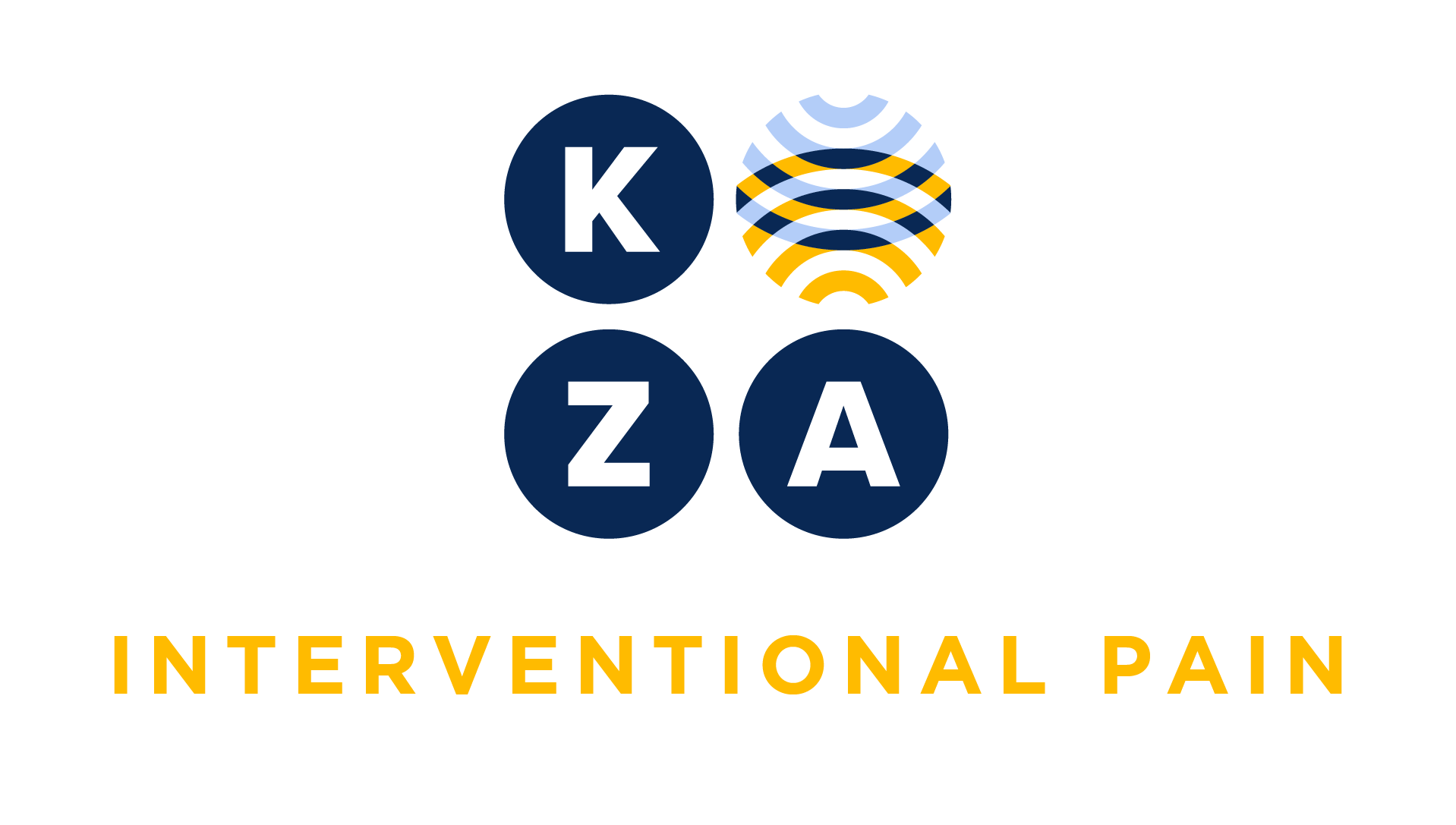
Choose your specialty from the list below to see how our experts have tackled a wide range of client questions.
Looking for something specific? Utilize our search feature by typing in a key word!
Office Evaluation and Management Codes: Is a History Required?
My coder just told me that for Office E/M services I no longer have to document a History. This doesn’t seem right to me.
Question:
My coder just told me that for Office E/M services I no longer have to document a History. This doesn’t seem right to me.
Answer:
You are wise to ask because that’s not exactly true. It is correct that the History will no longer be used to select a new patient (9920x) or established patient (9921x) visit code. However, it is expected that you will document a “medically appropriate” (per CPT™ history for each encounter.
Modifiers on Unlisted Codes. Yes or No?
Can I use modifiers on an unlisted code? What about global period modifiers such as 58, 78 or 79? It seems reasonable to append those modifiers to the unlisted code.
Question:
Can I use modifiers on an unlisted code? What about global period modifiers such as 58, 78 or 79? It seems reasonable to append those modifiers to the unlisted code.
Answer:
There is not a single right answer to this question. CPT said, in an old CPT Assistant, that generally modifiers are not appended to an unlisted code.
Payors have their own rules. For example, some payors will accept modifier 62 (two surgeons/co-surgery) on an unlisted code such as 64999 while other payors do not.
We would not append modifier 50 (bilateral procedure) to an unlisted code. Your base, or comparison code, should reflect modifier 50 and the associated increase in fee. The same is true for modifier 22.
We also would not append modifier 51 (multiple procedures) to an unlisted code. Let the payor take the discount.
Radiofrequency Ablation
We have been reporting CPT code 64625 with 3 units when we perform a radiofrequency ablation of the nerves innervating the sacroiliac joint at levels S1. S2, and S3. We have gotten several payer denials recently. Are we coding correctly?
Question:
We have been reporting CPT code 64625 with 3 units when we perform a radiofrequency ablation of the nerves innervating the sacroiliac joint at levels S1. S2, and S3. We have gotten several payer denials recently. Are we coding correctly?
Answer:
No, CPT code 64625, Radiofrequency ablation, nerves innervating the sacroiliac joint, with image guidance (i.e., fluoroscopy or computed tomography), is reported only once per side for the entire joint. You cannot report CPT code 64625 multiple times on the same side. However, you may report Modifier 50 if performing the procedure bilaterally.
Hip Injection
I did a left hip intraarticular steroid injection and used fluoroscopic guidance. Can I report the guidance in addition to the procedure?
Question:
I did a left hip intraarticular steroid injection and used fluoroscopic guidance. Can I report the guidance in addition to the procedure?
Answer:
Yes, you would report CPT code 20610 for the hip injection and 77002-26 for the fluoroscopic guidance. Make certain you use Modifier 26 when performing procedure is a facility setting. Modifier 26 is used for the professional component. Do not report 27093 (Injection procedure for hip arthrography) when reporting CPT 20610.
Incident to Services
We just recently began hiring PAs to see patient to assist our pain physicians. Our pain doctors want the PAs to see new patients and bill under their NPI number. We see a large population of Medicare patients and I am worried this could get us into trouble.
Question:
We just recently began hiring PAs to see patient to assist our pain physicians. Our pain doctors want the PAs to see new patients and bill under their NPI number. We see a large population of Medicare patients and I am worried this could get us into trouble.
Answer:
For Medicare patients if the PA sees a new patient the service must be reported under the PA’s NPI number. In order to bill under the physician’s NPI number the patient must be an established patient with an established plan of care. If the patient has a new problem or worsening problem either it must be billed under the PA’s NPI number, or the physician must see the patient on that date of service. If the criteria is met for incident to also keep in mind the physician must be in the office suite and immediately available but does not be in the room.
Question:We have a debate in or office. Our doctors always bill an E/M service with a procedure in the office. For example we had a patient the other day in which the reason for the visit was a trigger point injection. The physician submitted 99213-25 and 20552 for the trigger point. I am new to this specialty, but I was always instructed that if the reason for the visit is the injection, we can only bill the injection. Which is correct?
Answer:
When the reason for the visit is the injection and there is not a significant separately identifiable service then only the procedure is reported (20552) Keep in mind there is an inherent E/M service in every procedure. Any discussion or evaluation related to the injection before the procedure would be considered included in the trigger point preservice time of 11 minutes.
Remote Patient Monitoring
We are going to begin using remote therapeutic monitoring in our pain practice to monitor our patients pain functional status and compliance with exercise therapy. For the initial set up and education can our MA perform this service?
Question:
We are going to begin using remote therapeutic monitoring in our pain practice to monitor our patients pain functional status and compliance with exercise therapy. For the initial set up and education can our MA perform this service?
Answer:
Yes, the clinical staff may perform the initial set up, and education on setting up the device as long as a physician or other qualified healthcare professional prescribes it. Unlike remote physiologic monitoring, the remote therapeutic monitoring codes (RTM) must be provided under direct supervision which means the physician or other qualified QHP must be in the office suite. However until the year in which the public health emergency (PHE) ends audio visual communication is accepted as direct supervision. Once the PHE ends, this will no longer be the case. The correct CPT code to use for the initial setup and patient education is 98975.
Do you have a Coding Question you would like answered in a future Coding Coach?
If you have an urgent coding question, don't hesitate to get in touch with us here.

